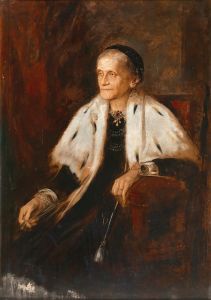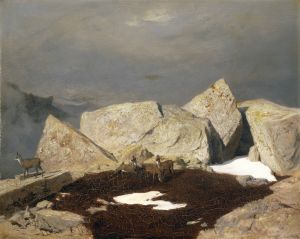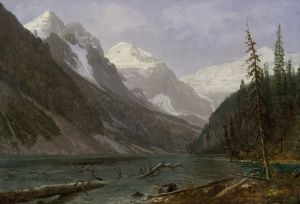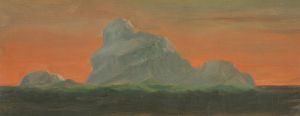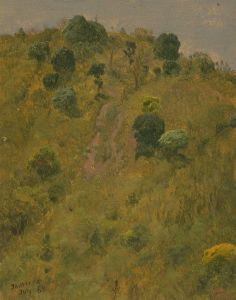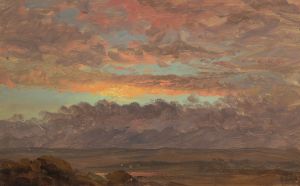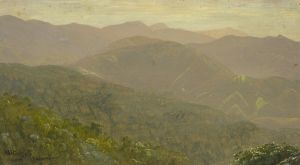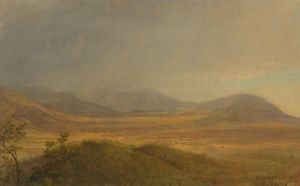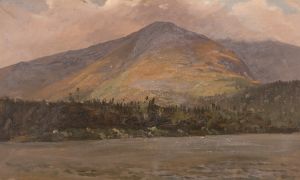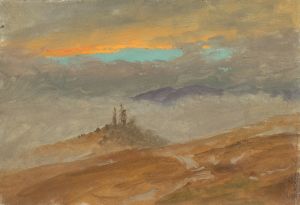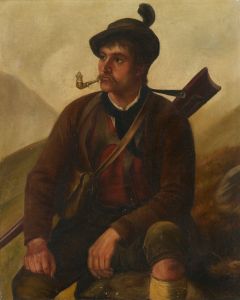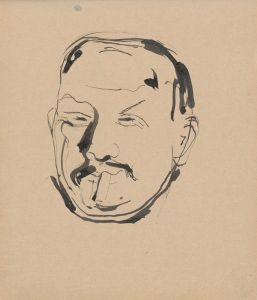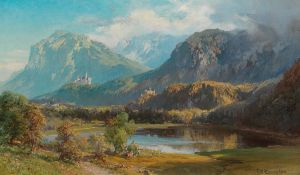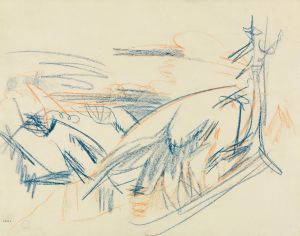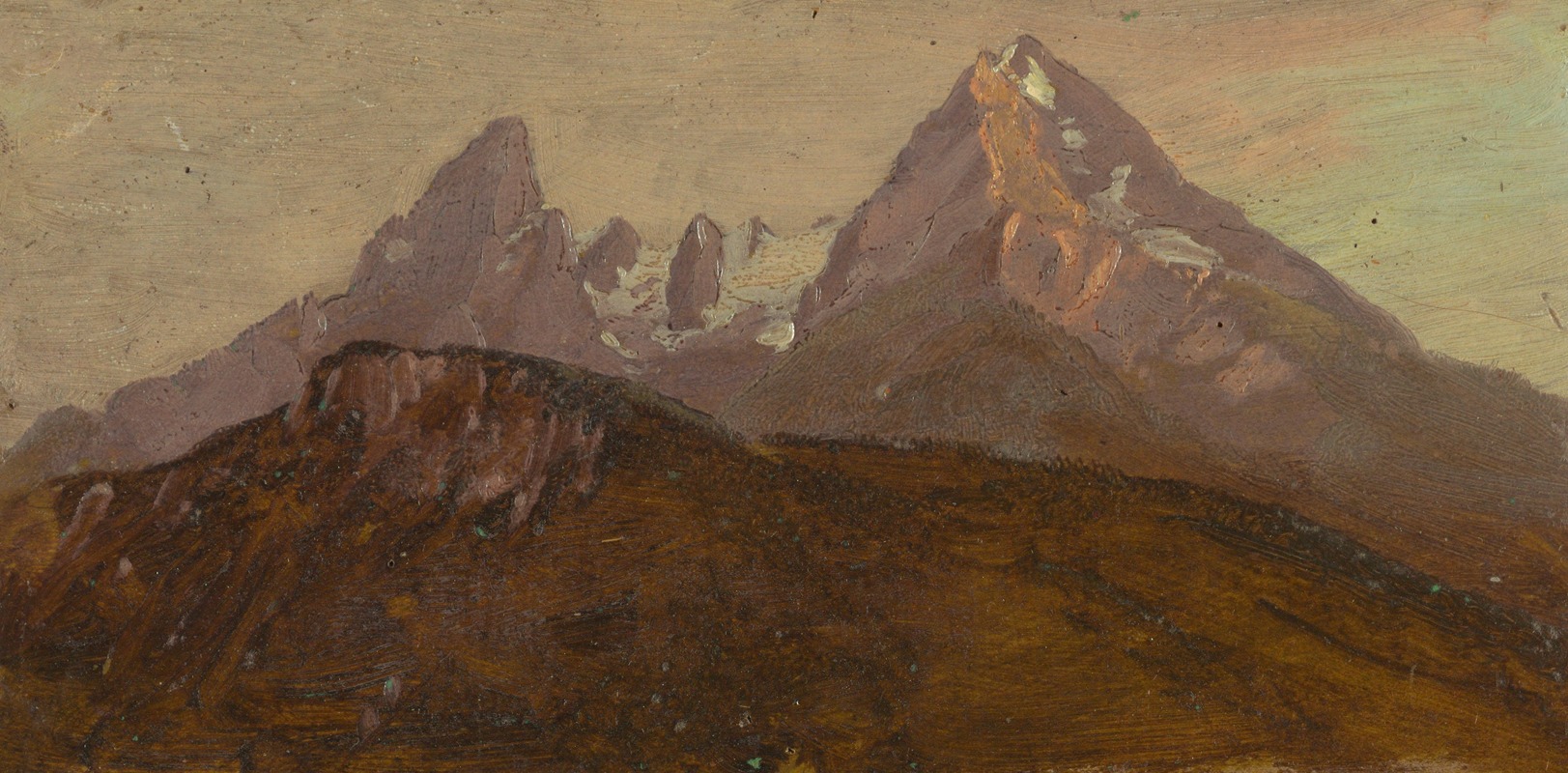
The Watzmann, Berchtesgaden, Bavaria
A hand-painted replica of Frederic Edwin Church’s masterpiece The Watzmann, Berchtesgaden, Bavaria, meticulously crafted by professional artists to capture the true essence of the original. Each piece is created with museum-quality canvas and rare mineral pigments, carefully painted by experienced artists with delicate brushstrokes and rich, layered colors to perfectly recreate the texture of the original artwork. Unlike machine-printed reproductions, this hand-painted version brings the painting to life, infused with the artist’s emotions and skill in every stroke. Whether for personal collection or home decoration, it instantly elevates the artistic atmosphere of any space.
"The Watzmann, Berchtesgaden, Bavaria" is a painting by the American landscape artist Frederic Edwin Church. Church, born on May 4, 1826, in Hartford, Connecticut, was a central figure in the Hudson River School, a mid-19th century American art movement known for its realistic and detailed portrayals of American landscapes, often imbued with romanticism and a sense of the sublime.
This particular painting, created in 1868, depicts the Watzmann, a prominent mountain in the Bavarian Alps, located near the town of Berchtesgaden in Bavaria, Germany. The Watzmann is known for its distinctive profile, with a series of peaks that include the Watzmann-Mittelspitze, the third highest peak in Germany. The mountain and its surrounding landscape have long been celebrated for their natural beauty and dramatic scenery.
Church's painting captures the grandeur and majesty of the Watzmann with meticulous attention to detail and a masterful use of light and shadow. The composition features the mountain bathed in the golden light of either sunrise or sunset, with the rugged peaks rising majestically above the verdant valleys and forests below. The sky is rendered with a delicate gradation of colors, enhancing the sense of depth and atmosphere in the scene.
Frederic Edwin Church was known for his extensive travels, which greatly influenced his work. He journeyed to South America, the Arctic, Europe, and the Middle East, drawing inspiration from the diverse landscapes he encountered. His travels to Europe in the late 1860s, including his visit to the Bavarian Alps, provided the impetus for "The Watzmann, Berchtesgaden, Bavaria."
Church's work is characterized by its precise and detailed representation of natural elements, combined with a romantic sensibility that seeks to evoke the awe and wonder of the natural world. "The Watzmann, Berchtesgaden, Bavaria" is a prime example of this approach, showcasing his ability to capture the sublime beauty of the landscape while also conveying a sense of tranquility and reverence for nature.
The painting is part of the collection at the Cooper Hewitt, Smithsonian Design Museum in New York City. It reflects Church's skill in rendering the natural world with both scientific accuracy and artistic sensitivity, making it a significant piece within his oeuvre and within the broader context of 19th-century American landscape painting.
Frederic Edwin Church's legacy as a landscape painter endures, with his works continuing to be celebrated for their technical excellence and their ability to inspire a deep appreciation for the natural world. "The Watzmann, Berchtesgaden, Bavaria" remains a testament to his talent and his passion for capturing the beauty of the world's most remarkable landscapes.





